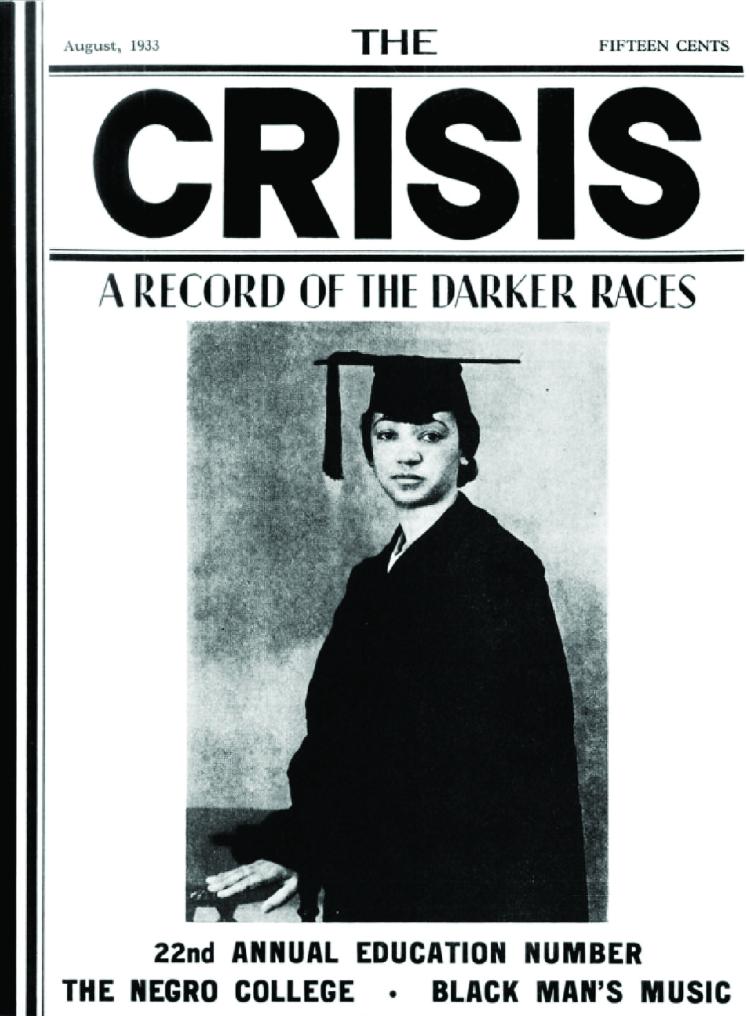From the Archives: The head of her class and the ahead of her time

Prosser’s legacy is one of many fascinating but largely forgotten stories about CU Boulder alumni who worked for change that are being documented in a history project called “Where We Have Been and the Long Road Ahead,” led by Polly McLean, associate professor in the College of Media, Communication and Information.
Inez Beverly Prosser was likely America’s first Black female psychologist, earning a doctorate in psychology in 1933. But first, she got her feet wet in research while studying educational psychology and earning a master’s degree from the CU Boulder School of Education in 1927.
Nearly 100 years after her studies at CU Boulder, Prosser’s research remains significant and thought-provoking today.
Her doctoral dissertation at the University of Cincinnati explored school integration and its social and psychological impacts on Black middle schoolers. Ultimately, her study found Black children in integrated schools were more introverted, felt less secure in their relationships with peers and teachers, had less satisfactory relationships with family, and were more likely to feel inferior at school and eager to leave than their peers at all-Black schools.
Prosser’s research directly related to her community experiences. The oldest of 11 children, she was valedictorian of Yoakum Colored School in Texas in 1908 and graduated top of her class to earn her teaching certificate from a Black teachers’ college in 1912. She taught at several Black schools in Texas while working toward bachelor’s, master’s and doctoral degrees.
Her findings were controversial in the years leading up to the landmark Brown v. Board ruling in 1954 but aligned with some other prominent Black scholars in her day, including W.E.B. DuBois, who thought prejudicial attitudes needed to change before integrated schools could offer positive experiences for Black students, according to a publication about Prosser’s life and work.
A true trailblazer, Prosser, adorned in a cap and gown, graced the cover of DuBois’ magazine, The Crisis, the official magazine of the NAACP (National Association of the Advancement of Colored People) in the August 1933 issue on education.
Tragically, Prosser died in a car crash just one year later. Her headstone aptly reads, “How Many Hopes Lie Buried Here.”

